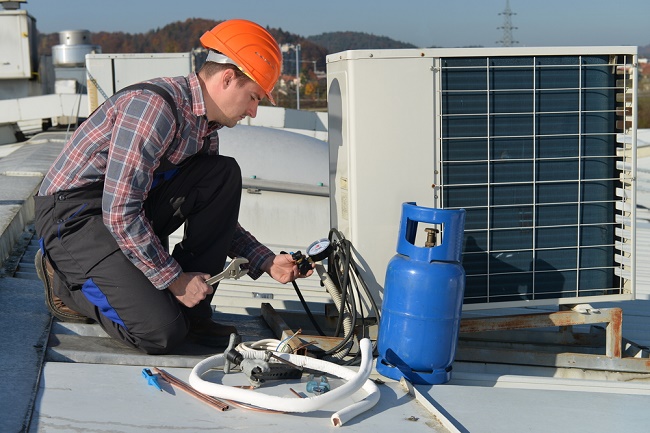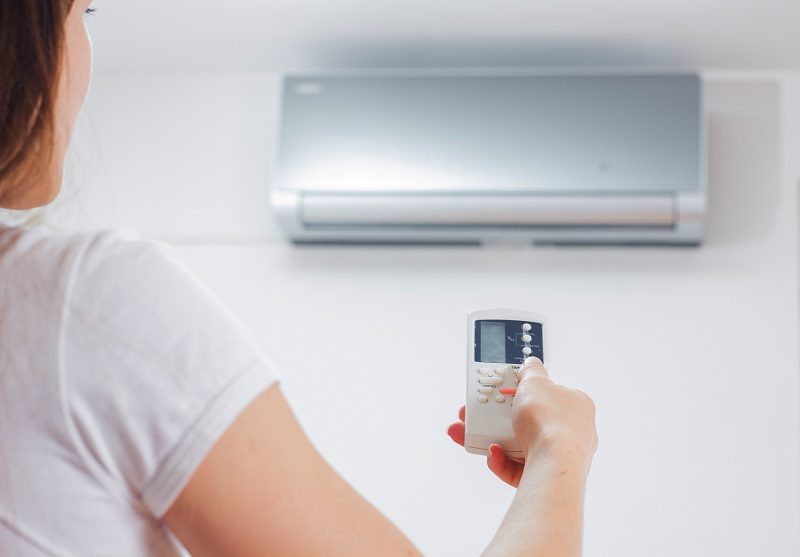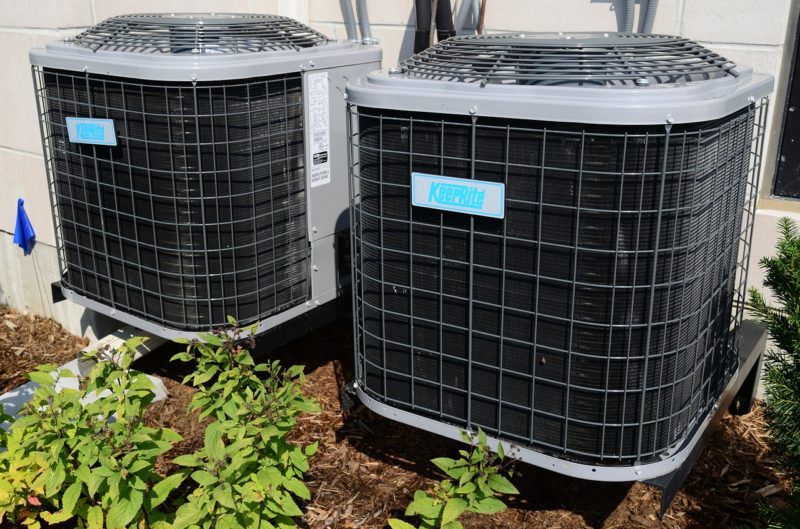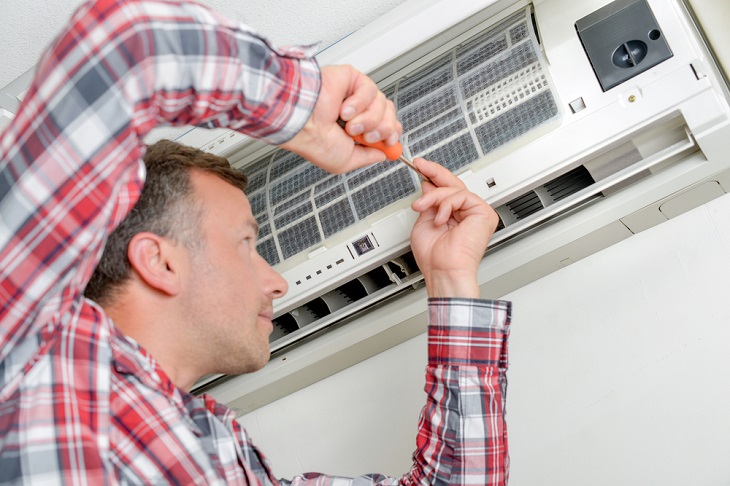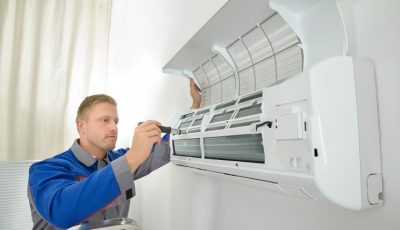Keep Cool If You Encounter These Summer Air Conditioner Problems
Our ac units receive a lot of wear and tear in the summer. Get ahead of the problems by knowing the most common air conditioner problems you could encounter. The summer of 2019 has been a brutal one for many states, and encountering air conditioner problems in one of the hottest summers of decades is not something anyone wants to experience.
Want to avoid breakdowns and the encroaching summer heat? Read on to find out some of the most common air conditioner problems and how you can easily avoid or look out for them before it’s too late!
Central Air Conditioners
It’s important to know a little bit about your HVAC system before maintenance or diagnosing any kind of issues. This will allow you to speak to your HVAC technician clearly and concisely when you need to describe any issues you’re having with your system, allowing the problem to be resolved easier. Central air conditioners are the most common type of cooling systems in the United States. Through supply ducts and registers, cool air is circulated through openings in walls, floors, and grills in ceilings. Compression of the refrigerant gas enables heat to be dispersed outside, creating cool air. As the cool air travels throughout your home it becomes warmer as it goes through the system, before it circulates back to the central air conditioner through return ducts and registers.
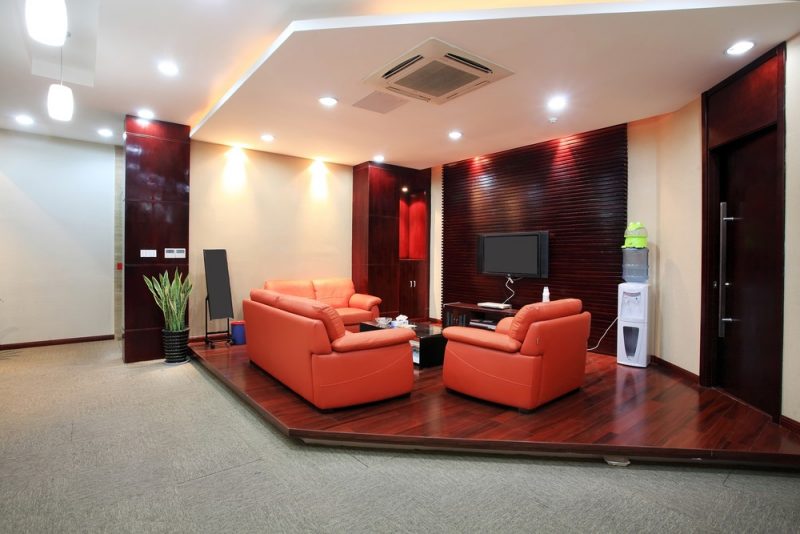
Split system central air conditioners have two separate cabinets. One is located outside and contains the condenser and compressor. The other is inside your house and contains the evaporator. The indoor cabinet also typically contains a furnace. Packaged central air conditioners are just as the name suggests – the evaporator, compressor, and condenser are all installed in one cabinet instead of two. It’s usually placed on the roof or a concrete slab near your home’s foundation. They typically contain electric heating coils or a natural gas furnace, eliminating the need for a separate furnace inside.
Air Conditioner Care Tips
Before we get into some of the common issues, here are some tips on how to maintain your air conditioner system to avoid as many AC repair issues as possible:
- Schedule an annual air conditioner maintenance appointment during the spring in anticipation of summer
- Change your air filter every three months, or as soon as it gets backed up – air filters for people with allergies will need to be changed more often
- Clean your air ducts for extra longevity
- Check the pipe insulation for wear and tear
- Check your wiring for overheating and normal wear and tear
- Clean the outdoor compressor to make sure it has enough clearing
- If your system is decades old, it may be time to consider purchasing a new one for a more efficient system that can immediately lower your electricity bills
Low Refrigerant Levels
Refrigerant is the fuel to keep your air conditioning system operating properly throughout the year. It absorbs hot air from your home and sends it outside, leading to cooler temperatures in the summer months. You should never have to add more refrigerant to your air conditioner, as it’s a completely sealed system. However, leaks in the refrigerant lines and coils can appear and refrigerant will escape, leading to an undercharged air conditioner system.
This puts stress on the system by making it difficult to maintain the indoor temperature. Not only does this lead to higher electric bills, a higher risk of breakdown, and an uncomfortable home, but the Environmental Protection Agency also regulates the refrigerant for air conditioning systems. It’s recommended you contact a professional to find these tiny leaks and seal them before adding more refrigerant. Anytime your system is low, have a leak check done so you know your options.
Poor Air Flow
Does the airflow in your system seem weaker than usual? The first and simplest place you should look is the air filter. Dirt and debris are naturally caught in the filter and accumulates the more you use your air conditioner. As more debris is caught, the blower has to work harder in order to move air throughout the system. Not only does a clogged filter impede airflow – your blower motor is using more electricity! Air filters are typically one inch thick and should be replaced every three months. You should replace the filter sooner if your home has kids, pets, and in general higher traffic.
If this isn’t feasible for you, it’s recommended that you replace your air filter at a minimum of twice a year, once in the fall and in the spring. However, if you live in a particularly windy or dusty area, you should check the filter more often. You can usually find your air filter near the furnace or return air grill. The size of the existing filter will typically be printed on the paper frame around the filter.
What air filters should you use? If you have allergies there are higher efficiency air filters you can use, but these will need to be replaced more often as they’ll catch more dust and debris. Pleated air filters are the “middle-of-the-road” filters that will capture most dust, debris, and dirt without being overly taxing on your system.
Dirty A/C Coils
Just as air filters get dirty as your air conditioner is used more often, so can the air conditioner system itself. Lawn clippings, pollen, dust, and dirt accumulate on the air conditioner and slowly reduces the efficiency of your system.
If it’s completely neglected, your air conditioner will eventually overheat and breakdown. The easiest way to clean them is to take a mild pressure hose and wash off the outside coils. During routine maintenance, have your unit cleaned by a professional, especially during the summer.
Clogged Condensate Line
This is another common problem encountered in air conditioners but is often overlooked during regular maintenance. Condensate is a normal result of the system’s process – your air conditioner system slightly dehumidifies the area and channels the moisture through the condensate line that is drained outside.
At times the drain lines can become clogged with dirt, algae, mold, debris, or bugs. You can normally tell when a condensate line is clogged because there will be water leakage around the vicinity of the unit. You also may start to notice your home is more humid, along with musty odors and water damage.
You can fix this issue yourself by clearing any kind of obstruction using a wet-dry vacuum.
- Turn off the power of your HVAC system at the thermostat as well as the breaker.
- With a shop vacuum, use it to pull the clog through the drain opening at the outside of your house near the foundation. Let the vacuum run for at least a minute.
- Afterward, find the access point on the drain line – it usually has a T-shaped vent and a PVC cover. Use this access point to flush the drain with distilled vinegar, peroxide, or hot water and a drop of dish liquid.
- Let the solution sit for at least 30 minutes, then flush the pipe with water. Have a helper keep an eye on the pipe outside to tell you when the water starts running freely.
Capacitors
Run capacitors are devices that help motors as they startup and throughout their run cycle. They provide the necessary jolt of power that a motor needs while stabilizing the voltage. This is one of the most common air conditioning problems you can encounter – a run capacitor failure. Unfortunately, at higher temperatures, they are more likely to fail. A common problem with bad capacitors is “hard starting.” Your air conditioning system will stutter as it tries to start up.
Failing to start, the fan motor or compressor will shut off from an internal safety mechanism. Many times a capacitor can fail without warning, but it’s also possible to diagnose a weak capacitor before it breaks down. For instance, before a capacitor fails it may start making a clicking noise, which will help alert you to the issue. This can be something your HVAC technician can check for and if they’re in time, they can easily swap a bad capacitor out for a new one.
Dodging Air Conditioner Problems
Hopefully, by now your air conditioner problems have been demystified. Air conditioners are complicated systems that perform many processes to keep our homes cool and comfortable – from drawing humid air out of a home to circulating filtered air throughout. It’s important to have some knowledge of their common problems and how they work in order to maintain them properly and diagnose any issues that arise.
Want to read more informative articles on how to keep your house running comfortably, efficiently, and safely? Keep browsing Beauty Harmony Life for inspiration!

